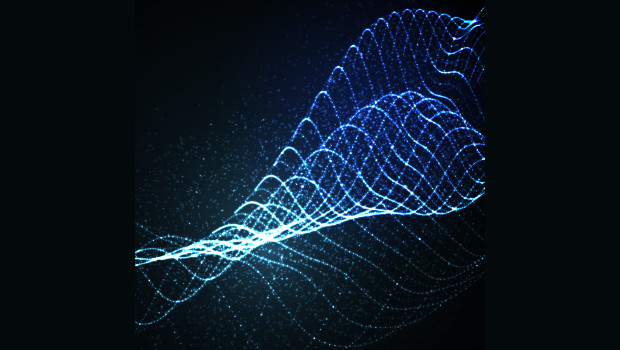So all of the data collected by the cognitive building feeds back into its management and in time into the design of the next generation. Space utilisation, for instance, will almost inevitably change over time. Knowing exactly what change is occurring enables better re-configuration. Shared spaces and hot desking can be smartly managed, for example with number plate recognition and car space reservation all the way to personal preferences (perhaps even pre-ordering the first coffee of the day) and automatic re-allocation of resources when the person leaves. The building can deliver the kind of personalised experience that something like the digital mesh is progressing to in the general consumer world.”

There are many and various languages, protocols and formats in which machines talk to each other and to data collection systems. So how do you standardise all of that and what sort of platform does it rest on, Marc Flanagan, Dell EMC
Standardisation
Dell EMC is another major technology company investing in the IoT and its devices and services, particularly in the growing need for smart gateways and controllers at the edges of any such network. The growth of the IoT is particularly evident in the industrial world, says Marc Flanagan of Dell EMC. “We have been developing smart edge gateways and related devices like embedded PCs for some years and at this stage we see standardisation as almost the biggest single challenge. There are many and various languages, protocols and formats in which machines talk to each other and to data collection systems. So how do you standardise all of that and what sort of platform does it rest on?”
There are literally thousands of APIs in the market, but Dell EMC would hope to see a community of common standards that IoT companies could work off. “Something like a HTML for IoT,” Flanagan said. “So if you make sensors and we make gateways, we know we have a common platform and everything will communicate properly. At the moment there a number of industry consortia but there is no world body to lead the way.”
Whether the IoT as we know it or the digital mesh, edge gateways and controllers will clearly be very important and will necessitate a degree of local intelligence and analytics, governed by central controls and policies. “In the design of our latest gateway devices we look at it as IT meets operations technology. But there are legacy machines on factory floors that the IT departments have had little to do with over the years. They have very different types of connectivity with unique protocols.
“So our gateways are designed to enable connectivity with those industrial operations devices and bridge the gap. Because the gateway is a computer, it can be programmed to discriminate between the data feeds, do some analytics at the edge and feed the correct data to a central system. to select and feed the data up to where it is required.”







Subscribers 0
Fans 0
Followers 0
Followers